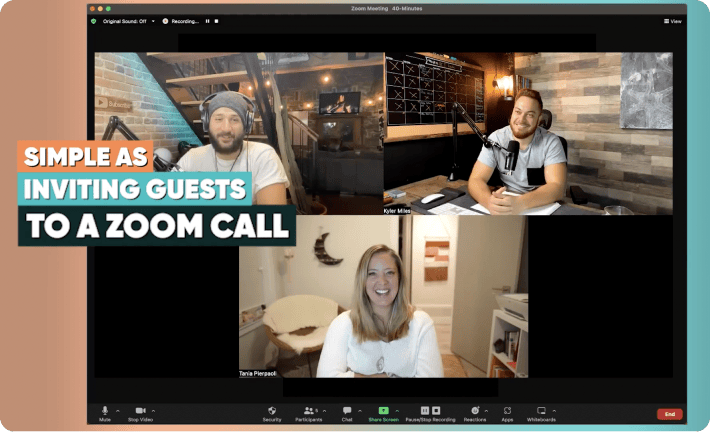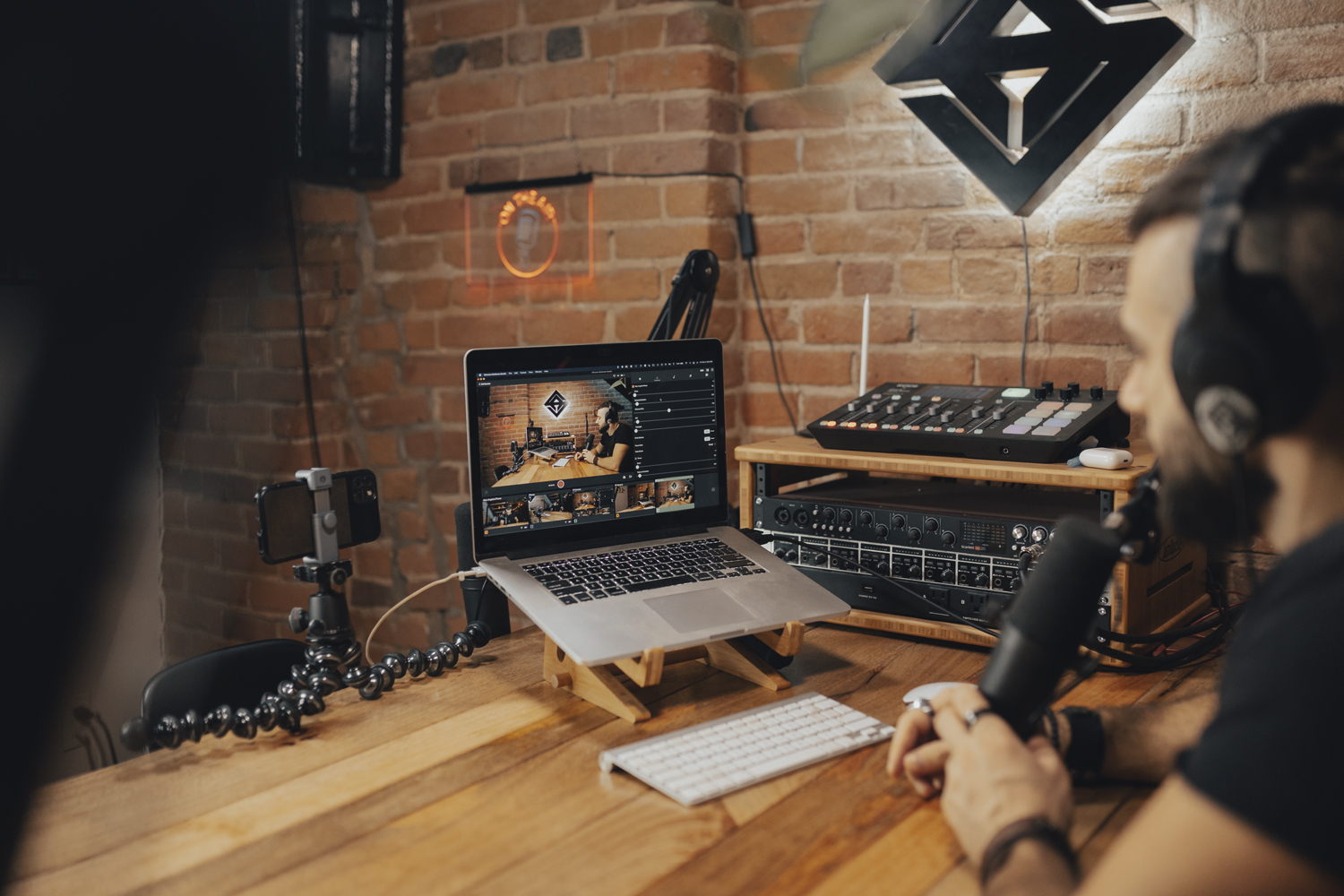Best Budget Studio Lights
Getting the best bang for your buck when it comes to studio lights isn’t easy. Cheaper lights typically mean unwanted variation in color temperature and output with each flash and will inevitably lead to extra work. Therefore, selection of the best budget studio lights requires consideration of critical factors, namely output, which is measured in Ws (watts per second) or Joules. Home studios and small commercial studios often need about 200Ws with larger studios requiring about 400Ws. Also note that lighting sources influence the quality of light, with incandescent light sources being the most consistent. So which ones are the best?
1. Elinchrom D-Lite IT 2/4 Two Head Umbrella Kit
One of Elinchrom D-Lite IT’s unique features is its two heads: a 400Ws head serving as the main light source and a 200Ws head working as a fill-flash (a feature that helps when illuminating backgrounds or as a hair light). You can decrease or increase power over a five-stop range in 1/10th stop increments, using the simple push-buttons located on the back of the heads. These heads have in-built wireless radio triggering, making simultaneous flashing easy. Above all, the automatically activated cooling fans within the heads make the kit perfect for long shoots.
The Elinchrom’s LED display comes especially in handy when working in darker studios. A good quality pair of 83cm brollies (silver and translucent) is also included in the kit as an added bonus. Best yet, with the two smart, slimline carry bags for the light heads and kit, transportation is a breeze. But most importantly, TechRadar carried out performance tests on this studio light, revealing consistent color temperature throughout the power range. They also found consistent output throughout a series of shots, so you can be confident in its flawless performance.
2. Interfit EXD200 Home Studio Kit
The flash heads of the Interfit EXD200 Home Studio Kit are sophisticated, featuring LED displays and 1/10th stop increment push-button power control. You can even turn off the annoying recycle beep in the modeling lamp!
Triggering the flash heads in sync at the exact split-second necessary is vital for effective exposure. Doing so is made possible by the Interfit’s programmable slave mode, which enables you to trigger the heads from a flash gun. While the light stands are somewhat unsteady, the softbox and brolly are great quality, and there’s a speedy 1.5 second recycling time for the 200Ws heads from a full-power flash. All this, and it also comes with a handy carrying bag and guidebook.
3. Lastolite Lumen8 SV 400W Twin Head + Softbox Kit
The sturdy stands for the 400Ws heads of the Lastolite Lumen8 extend to a height of 3.52m or 11.5 feet, with air-cushioning as an extra touch. These light heads are very well engineered, although they don’t really fare well on maximum light output compared to other 400Ws heads (they have a GN of 60). And the flash tubes, besides being fired more often than necessary, aren’t user-replaceable.
This kit doesn’t have an auto-dumping facility, but the automatically firing test flash more than makes up for it. When you reduce the power setting, it flashes automatically. You’ll get a very soft, even light from the luxurious quality, 66cm softboxes, perhaps due to the secondary internal diffuser panel within the softboxes. Despite this benefit, you really can’t use it when in a time crunch primarily due to the time-consuming setup process involving as many as 30 steps. A standard 8mm brolly shaft helps you use the reflector supplied for each head.
With this kit, you can expect to get consistent shot-to-shot power output and color temperature when used in long sequences of shots and throughout the power range. However, the downside is its disappointing f/14 maximum power equivalence for a 400Ws head.
4. Neewer 600-Watt
The Neewer 600-Watt is actually made up of two 300Ws strobe flash moonlights. It comes in a carry bag as a complete kit including two aluminum alloy stands designed to handle heavy-duty work. These stands allow you to make fast precision height adjustments, thanks to the quick single-action locks.
The pair of large 50 x 70cm softboxes is ideal for fashion shoots, as well as medium to large sized product shots. While one of the 300Ws strobe flash moonlights works as the main light, the other serves as the modeling lamp, which can be adjusted from full to proportion. It features capability to fire synchronously on the second flash, based on the pre-flash system.
The heads feature variable dials for adjusting power settings from 1/8 to the full 300Ws. This is complemented by the easy-to-use umbrella holders, test button and buzz function. You also get the added benefit of less energy use, as a result of the energy-saving fluorescent spiral bulbs.
No matter what you may be filming, lighting will always play a key role. We don’t encourage cutting corners, but we do encourage cutting costs. That’s why Cinamaker is constantly improving its software to provide creators like you with a mobile-studio that delivers professional quality at a fraction of the price of traditional multi-camera setups. Learn more about the Cinamaker Studio apps on our website and check out our blog for even more cash saving production tips.












